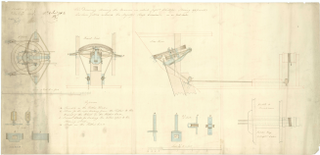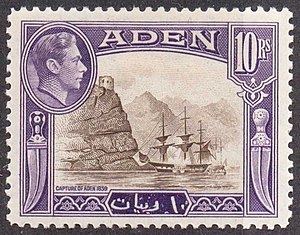Several ships of the Royal Navy have been named HMS Nautilus, after the Greek word for a sailor, including:

HCS Bombay, later HMS Bombay and HMS Ceylon, was a teak-built fifth rate, 38-gun wooden warship built in the Bombay Dockyard for the Honourable East India Company (HEIC) and launched in 1793. The Royal Navy purchased her in 1805 and renamed her HMS Bombay. She served with the Royal Navy under that name until 1 July 1808, when she became HMS Ceylon. She was sold at Malta in 1857 and broken up in 1861.
Five ships of the Royal Navy have borne the name HMS Tigris, after the river Tigris, in modern-day Iraq. Another was planned but never completed:
Thirty-nine vessels of the Royal Navy and its predecessors have borne the name Swallow, as has one dockyard craft, one naval vessel of the British East India Company, and at least two revenue cutters, all after the bird, the Swallow:
Four ships of the Royal Navy have borne the name HMS Morning Star, after the poetic name for Venus:
Four ships and one shore establishment of the Royal Navy have borne the name HMS Euphrates, after the Euphrates river. Another three were planned but never completed:

The Aden Expedition was a naval operation that the British Royal Navy carried out in January 1839. Following Britain's decision to acquire the port of Aden as a coaling station for the steamers sailing the new Suez-Bombay route, the sultan of Lahej, who owned Aden, resisted, which led to a series of skirmishes between the two sides. In response to the incidents, a small force of warships and soldiers of the East India Company were sent to Arabia. The expedition succeeded in defeating the Arab defenders, who held the fortress on Sira Island, and occupied the nearby port of Aden.

The fort was the East India Company's first permanent post on the Malabar Coast. In November 1693, John Brabourne was sent by the British East India Company (EIC) to Attingal, where he obtained from Rani Ashure a grant of a site for a fort on the sandy spit of Anchuthengu, together with the monopoly of the pepper trade of Attingal. The EIC commenced construction in January 1696.
Hastings was a brig that the Bombay Dockyard launched in 1785 or 1787 for the Bengal Pilot Service. In 1818, the EIC sold her to local buyers. Alternatively, in May 1818 she was converted to a buoy vessel; in 1819 she appeared as a buoy vessel on a list of pilot vessels at Calcutta with J.F. Twisden, master. She was sold on 11 October 1820. A fire destroyed her on the night of 17 April 1823, while she was at Pulau Pasang, off Padang.
HCS Mahi was a schooner that the Bombay Dockyard launched in 1834 for the British East India Company (EIC).

HMS Cruizer was a Snake-class ship-sloop launched in 1828 for the British Royal Navy. The ship was built as a revival of the retired Snake-class ship-sloops. The Navy converted her to a brig in 1831, back to a ship in 1840, and sold her at Bombay in 1849.
INS Ariadne was a flat-bottomed iron paddle steamer built in England in 1839 for the Indian Navy of the Bombay Government of the British East India Company. She was shipped to India in pieces and assembled at the Bombay Dockyard in 1840. She sailed from India to join the British fleet off Shanghai, China, during the First Opium War but was damaged and later foundered on 23 June 1842.
HCS Strombolo was a ketch launched in 1793 Bombay Dockyard for the Bombay Marine. Later she became a floating battery at Salsette Harbour, having been condemned as unseaworthy.
Several ships have been named Euphrates for the Euphrates River:
Several ships have been named Tigris for the Tigris River:
The H[onourable] C[ompany's] S[hip] Hugh Lindsay was a paddle steamer built in Bombay in 1829 for the naval arm of the British East India Company (EIC) and the first steamship to be built in Bombay. She pioneered the mail route between Suez and Bombay. Hugh Lindsay was lost in the Persian Gulf on 18 August 1865.
HCS Palinurus was a sloop or brig that the Bombay Dockyard launched in 1823 for the Bombay Marine, the naval arm of the British East India Company. She served as a pilot ship, survey vessel mapping the Red Sea and the coast of Yemen and Oman, and generally as a naval ship. She was still listed in 1862.
INS Memnon was a steam paddle frigate launched on the Thames in 1841 for the Indian Navy of the British East India Company (EIC). She was wrecked in August 1843.
The H[onourable] C[ompany's] S[hip] Comet was launched in 1798 by the Bombay Dockyard. She was a brig belonging to the British East India Company's naval arm, the Bombay Marine. She foundered without a trace in late 1800 or early 1801.
The H[onourable] C[ompany's] S[hip] Sylph was a schooner launched in 1806 at the Bombay Dockyard for the Bombay Marine, the naval arm of the British East India Company (EIC). The EIC sold her circa 1826 and she became a merchant brig. There is no mention of her in accessible online sources after 1828.




